Talking With Lights: Ford Disguises Driver As a Seat to Scrutinize a Confused Public

Ford Motor Company has been funding research at Virginia Tech that takes an interesting approach to autonomous vehicle development. In early August, a reporter for an NBC affiliate in Washington D.C. filmed a video of a Ford Transit being driven by a man dressed up as the front seat of a car. Initially, it seemed like a strange campus prank. But it was later discovered that Virginia Tech’s Transportation Institute was doing research on how people would respond to a self-driving vehicle.
Apparently, they’ll approach it with a camera — even if it’s in the middle of the street or flying down the highway.
Ford later released a series of hysterical images featuring the man climbing into the false seat costume, announcing that it was researching reactions to the light bar stretched across van’s windshield. The lights are intended to replace cues like hand waves or head nods between drivers and pedestrians.
Presently, drivers have the ability to motion their hand at pedestrians, indication that it’s safe for them to walk. This author takes things a step further by mouthing easy to understand phrases like, “Fear not, I have decided to spare your life and will not crush you beneath my mighty wheels if you pass” as I ambulate my fingers in a walking motion and nod my head in a slow, deliberate fashion. It usually gets the point across, but it’s nice to know Ford can save me the trouble with a bunch of blinking lights.
So far, Ford has come up with a simple set of animations. When the lights are flashing quickly, it’s an announcement that the van is about to accelerate away from a stop. A slower, sweeping pulse is used to indicate that the car is yielding to other traffic (be it foot or street). The default is a solid white stripe that’s used whenever the car is operating autonomously.
Ford says it chose a set of white lights because the usage of colored lights is regulated differently in different parts of the world (and even different parts of the country). It also decided against text because not everyone speaks the same language. While that sounds like a fine idea on paper, the end result is something new that has to be learned by pedestrians and standardized in order to be effective. Nobody has any clue as to how to properly interpret those symbols just yet. Even the aliens in Close Encounters of the Third Kind needed a moment to piece it all together, and they were of a superior intelligence.
“Preparing for a self-driving future is going to take all of us working together,” said John Shutko, Ford’s human factors technical specialist. “That’s why we’re developing and advocating for a standard solution so it can be adopted by the industry and applied to all self-driving vehicles.”
It’s worth pondering if this sort of feature is useful. For autonomous vehicles to work, they’ll have to be extremely defensive drivers. So defensive that you’ll likely be able to bully them into submission if you’re interested in that kind of thing. So why would it even need a system to convey its intentions if it’s already assumed it will always yield to pedestrians? The concept is not without merit but the design itself seems superfluous.
Even if it turns out to be a dead end, it’s still an avenue worth looking down. I’ve slighted several of Ford’s recent mobility projects but it’s good to see the company’s spitballing. Gauging public response to autonomous vehicles is something other manufacturers aren’t really spending time on. While General Motors is already selling Cadillacs equipped with the very impressive Super Cruise system, I can’t recall a single instance where it (or any other automaker) did this type of bizarre market research.
The institute says it has already clocked more than 150 hours of data over approximately 1,800 miles in the Transit van. “This work is of value not only to vehicle users and manufacturers, but also to anyone who walks, rides or drives alongside autonomous vehicles in the future,” said Andy Schaudt, project director, Center for Automated Vehicle Systems, Virginia Tech Transportation Institute. “We are proud to support Ford in developing this important research.”
We know Ford is serious about self-driving vehicles. It did pour $1 billion into an artificial intelligence firm and has been testing LIDAR-equipped cars aggressively for at least as long as any other automaker. But the company has also said it’s not interested in rolling out anything with less than level 4 autonomy.
Instead, it’s spending time and energy on market research the other manufactures seem to be neglecting. That doesn’t make a college student masquerading as a car seat not funny, because it assuredly is. It also doesn’t make the faux autonomous testing at Virginia Tech groundbreaking. However, if Ford gleams just one tidbit of information from the experience, that’s still enough to potentially give it an edge over its competition.
Ford plans to have a fully self-driving commercial vehicle on the road by 2021.

A staunch consumer advocate tracking industry trends and regulation. Before joining TTAC, Matt spent a decade working for marketing and research firms based in NYC. Clients included several of the world’s largest automakers, global tire brands, and aftermarket part suppliers. Dissatisfied with the corporate world and resentful of having to wear suits everyday, he pivoted to writing about cars. Since then, that man has become an ardent supporter of the right-to-repair movement, been interviewed on the auto industry by national radio broadcasts, driven more rental cars than anyone ever should, participated in amateur rallying events, and received the requisite minimum training as sanctioned by the SCCA. Handy with a wrench, Matt grew up surrounded by Detroit auto workers and managed to get a pizza delivery job before he was legally eligible. He later found himself driving box trucks through Manhattan, guaranteeing future sympathy for actual truckers. He continues to conduct research pertaining to the automotive sector as an independent contractor and has since moved back to his native Michigan, closer to where the cars are born. A contrarian, Matt claims to prefer understeer — stating that front and all-wheel drive vehicles cater best to his driving style.
More by Matt Posky
Latest Car Reviews
Read moreLatest Product Reviews
Read moreRecent Comments
- Lou_BC Well, I'd be impressed if this was in a ZR2. LOL
- Lou_BC This is my shocked face 😲 Hope formatting doesn't fook this up LOL
- Lou_BC Junior? Would that be a Beta Romeo?
- Lou_BC Gotta fix that formatting problem. What a pile of bullsh!t. Are longer posts costing TTAC money? FOOK
- Lou_BC 1.Honda: 6,334,825 vehicles potentially affected2.Ford: 6,152,6143.Kia America: 3,110,4474.Chrysler: 2,732,3985.General Motors: 2,021,0336.Nissan North America: 1,804,4437.Mercedes-Benz USA: 478,1738.Volkswagen Group of America: 453,7639.BMW of North America: 340,24910.Daimler Trucks North America: 261,959




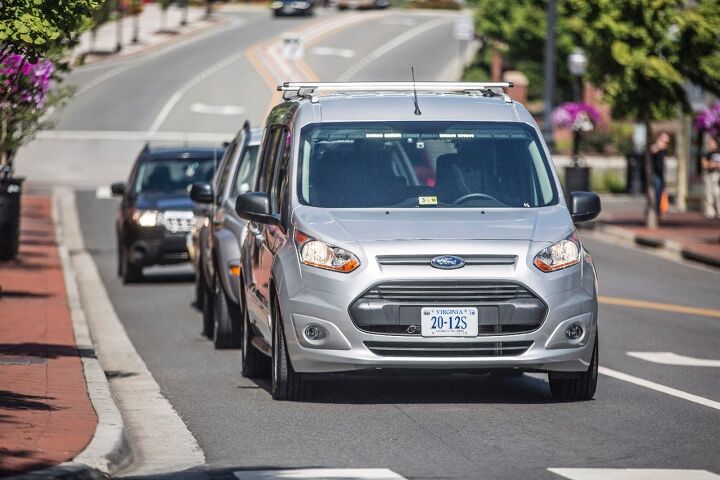



















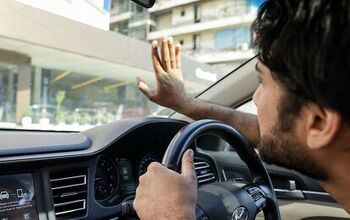



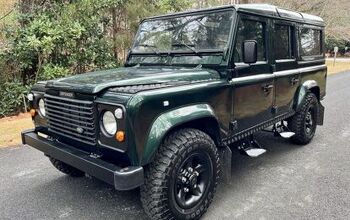

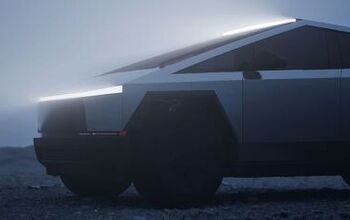
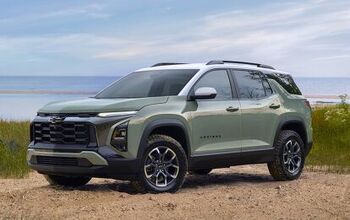
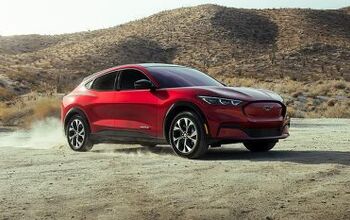
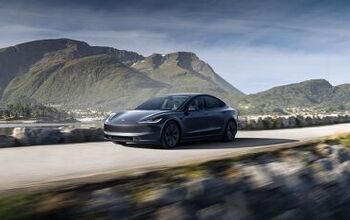
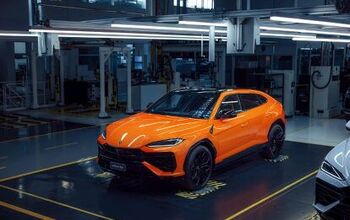
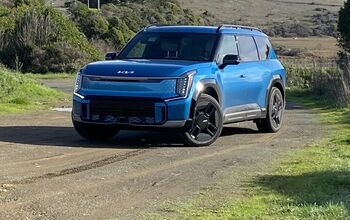
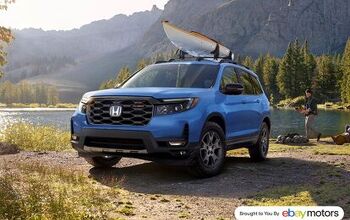
Comments
Join the conversation
Reminds me of those YouTube videos from a couple years back, with the guy ("MagicOfRahat") going through fast food drive-thrus, pranking the employees. In one, he dressed up as a seat. https://youtu.be/xVrJ8DxECbg
Why don't they just use a matrix of LED lights so they can animate the walk signal or the vehicle starting to move?